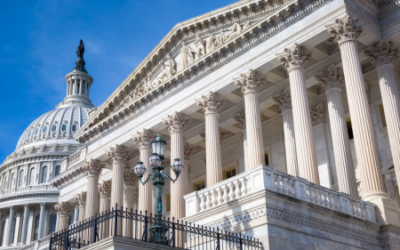Every region wants an airport and the larger the better. Airports stimulate the economic vitality of any area and long-term economic sustainability is difficult without an adequate airport facility. But, airport ownership has become challenging and that challenge is only going to escalate.
Most U.S. airports are at least 40 years old and those that are owned or controlled by cities are in dire need of upgrades. Just as other public assets, airports must be maintained, upgraded and eventually expanded.
Large cities need millions if not billions of dollars to make necessary updates and expansions, but funding is not available. Instead of the unpopular options of cutting other key services, raising taxes, increasing fees or taking on more debt, many in government-owned airport leadership roles are seeking alternative financing methods. Public-private partnerships (P3s) and privatization are attractive options but those types of engagements are somewhat new and the public at large is almost always skeptical about new funding options.
When questions arise about using alternative funding options, here are a few things to remember:
- Public funding is not available now … nor will it be in the next few decades;
- Airport upgrades cannot wait for another several decades; and
- America’s economic stability and prosperity is based on infrastructure and airports are a basic component of the country’s critical infrastructure.
The International Air Transport Association (IATA) and Deloitte, a private -sector professional services firm, just published “a booklet” of support information based on best practices and industry research. It covers all forms of privatization for airport infrastructure. The fact that booklets, or manuals, or entire books on alternative funding for large public projects are being made available is a certain sign that this is a trend that is gaining strength quickly. It also draws attention to the fact that alternative funding for large projects like airports is a concept that the public at large needs to understand. This is the future and it’s important to provide public officials as much information and as many resources as possible. They are being asked to lead critical infrastructure initiatives and at the same time rely on partners to help fund, construct, operate and maintain the new or expanded facility.

My own book, Inside the Infrastructure Revolution – A Guide to Rebuilding America, walks readers through every step of the process. The World Bank, www.worldbank.org and many associations are providing an abundance of information and guidance. The Association for the Improvement of American Infrastructure, www.aiai.org, offers training to public officials at no cost as well as providing all kinds of information on the organization’s website.
Big changes like these collaborative efforts are new in the U.S. but not new at all to most other developed countries. Europe, Asia and Canada have been launching projects like this for the last two decades
P3 construction models almost never result in a transfer of control or ownership. The public entity maintains ownership of the public asset. And although safety, efficiency and functionality are the goals of any collaborative efforts, almost every P3 engagement model is structured differently. The partnerships are customized to fit the project scope.
It is time to move forward and bring America’s airports up to par with other airports throughout the world. There is plenty of information, guidance and data available to public officials charged with this huge responsibility. Currently, this country does not have a single airport listed in the world’s Top 25 Airports. That is not the American way and it is time we started correcting that unfortunate fact.
SPI’s newsletters are excellent sources of government procurement information. Subscribe here.






